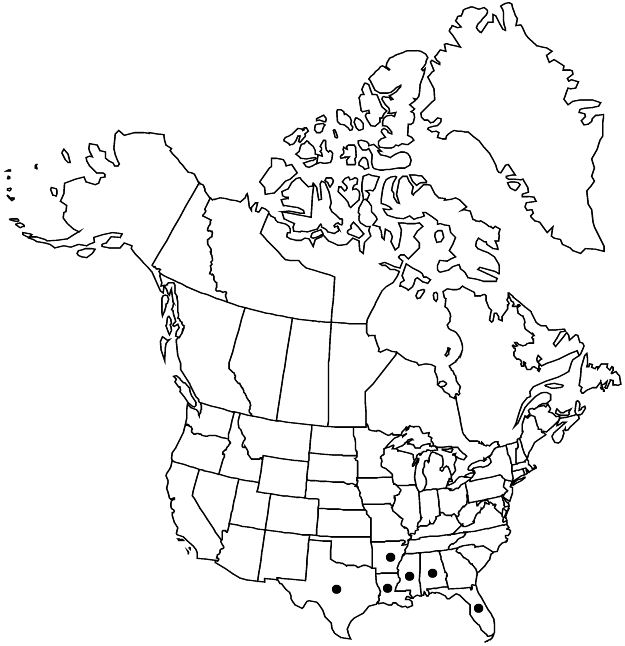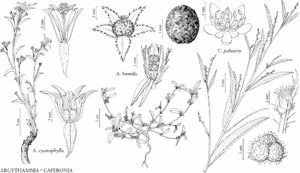Difference between revisions of "Caperonia palustris"
Hist. Pl. Remarq. Brésil 3/4: 245. 1825.
FNA>Volume Importer |
FNA>Volume Importer |
||
| Line 18: | Line 18: | ||
|label=Selected by author to be illustrated | |label=Selected by author to be illustrated | ||
}} | }} | ||
| − | |basionyms={{Treatment/ID/ | + | |basionyms={{Treatment/ID/Basionym |
|name=Croton palustris | |name=Croton palustris | ||
|authority=Linnaeus | |authority=Linnaeus | ||
| + | |publication_title=Sp. Pl. | ||
| + | |publication_place=2: 1004. 1753 | ||
}} | }} | ||
|synonyms= | |synonyms= | ||
| Line 62: | Line 64: | ||
|publication year=1825 | |publication year=1825 | ||
|special status=Weedy;Introduced;Selected by author to be illustrated | |special status=Weedy;Introduced;Selected by author to be illustrated | ||
| − | |source xml=https://jpend@bitbucket.org/aafc-mbb/fna-data-curation.git/src/ | + | |source xml=https://jpend@bitbucket.org/aafc-mbb/fna-data-curation.git/src/f6b125a955440c0872999024f038d74684f65921/coarse_grained_fna_xml/V12/V12_505.xml |
|genus=Caperonia | |genus=Caperonia | ||
|species=Caperonia palustris | |species=Caperonia palustris | ||
Revision as of 18:18, 24 September 2019
Herbs, 25–100 cm; indumentum of glandular and nonglandular hairs, glandular hairs coarse, erect, thick-based, and gland-tipped (especially abundant on stems and petioles). Stems erect, moderately to densely hairy, with gland-tipped hairs and finer, usually appressed, nonglandular hairs; older stems 4–7 mm diam. Leaves: petiole 0.3–2.5(–3.5) cm; blade narrowly ovate, lanceolate, or linear-lanceolate, 6–15 × (0.6–)1–6 cm (L/W = 2–7(–11)), base usually rounded or obtuse, rarely acute, apex acute or narrowly acute, surfaces glabrescent or sparsely, mostly appressed-hairy. Inflorescences 2–14 cm, peduncle 1–7 cm, fertile portion 1–9 cm, with (1–)2–4 pistillate flowers. Staminate flowers: petals narrowly obovate, 1.4 mm, ± equal, not or somewhat exerted beyond calyx. Pistillate flowers: sepals ovate or elliptic, longest 2–3.2 mm, becoming 3.5–5.5 mm in fruit; petals 1–2(–2.4) mm; ovary densely covered in bulbous-based, gland-tipped trichomes. Capsules 5–7 mm wide, trichomes conic proximally, hairlike distally, gland-tipped. Seeds brown, 2.5–3 mm diam. 2n = 22.
Phenology: Flowering and fruiting Jul–Nov.
Habitat: Disturbed wet areas, ditches, swampy areas, rice fields.
Elevation: 0–100 m.
Distribution

Ala., Ark., Fla., La., Miss., Tex., West Indies, Central America, South America.
Discussion
Caperonia palustris is a major weed in rice fields in parts of the southern United States (R. K. Godara et al. 2011). Known in the flora area at least since the 1920s from Texas, this species was first collected in Arkansas in 1971 and Mississippi in 1982.
Selected References
None.
